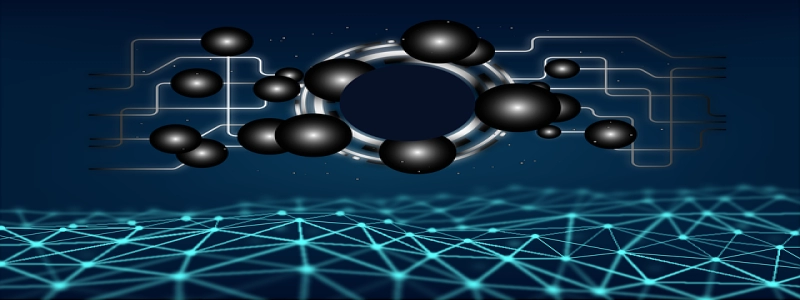Ethernet Transmitter
Introduction:
Ethernet is a widely used technology for connecting devices in a local area network (LAN). An important component of an Ethernet network is the Ethernet transmitter, also known as a network interface controller (NIC) or network interface card.
I. What is an Ethernet Transmitter?
An Ethernet transmitter is a hardware device that enables communication between devices on an Ethernet network. It converts digital data into electrical signals that can be transmitted over Ethernet cables. The transmitter is responsible for sending data packets from the sender device to the receiver device.
II. How does an Ethernet Transmitter Work?
1. Data Encoding:
The first step in the operation of an Ethernet transmitter is data encoding. The transmitter takes the digital data to be transmitted and encodes it into a series of voltages or electrical signals. These signals represent the binary data and are modulated onto the Ethernet cable.
2. Collision Detection and Backoff Mechanism:
As multiple devices on an Ethernet network may attempt to transmit data simultaneously, collision detection is essential. The transmitter monitors the network for collisions and, if detected, it employs a backoff mechanism. This mechanism causes the transmitter to wait for a random period before attempting to send the data again, reducing the likelihood of another collision.
3. Packet Transmission:
Once the data is encoded and collision detection is performed, the transmitter starts transmitting the packets onto the Ethernet network. The packets consist of a header, data, and a checksum for error detection. The transmitter sends the packets in a sequential order and waits for an acknowledgment from the receiver.
III. Key Features of an Ethernet Transmitter:
1. Speed:
Ethernet transmitters are available in various speeds, ranging from 10 Mbps to 100 Gbps or even higher. The speed of the transmitter determines the maximum amount of data that can be transmitted per second.
2. Duplex Mode:
Transmitters can operate in full-duplex or half-duplex mode. Full-duplex mode allows simultaneous transmission and reception of data, while half-duplex mode only allows one-way communication at a time.
3. Connectors:
Ethernet transmitters are equipped with different types of connectors, such as RJ-45 for twisted pair cables and LC, SC, or ST connectors for fiber optic cables. The choice of connectors depends on the type of Ethernet cable being used.
Conclusion:
In summary, an Ethernet transmitter plays a crucial role in facilitating communication within an Ethernet network. It converts digital data into electrical signals, performs collision detection, and transmits data packets onto the network. With various speeds, duplex modes, and connector options available, Ethernet transmitters provide flexibility and scalability for different network requirements.







